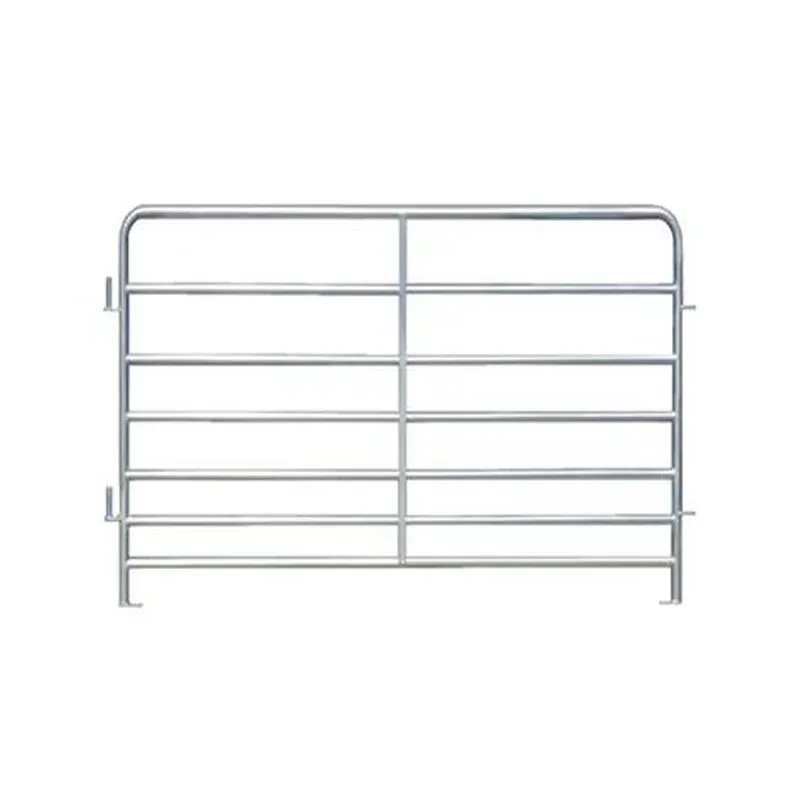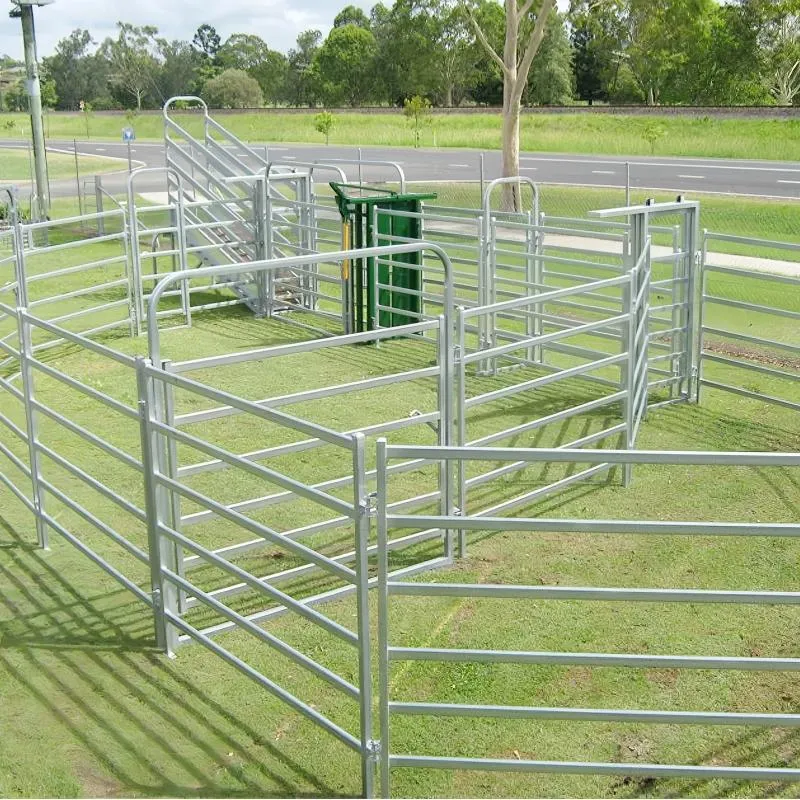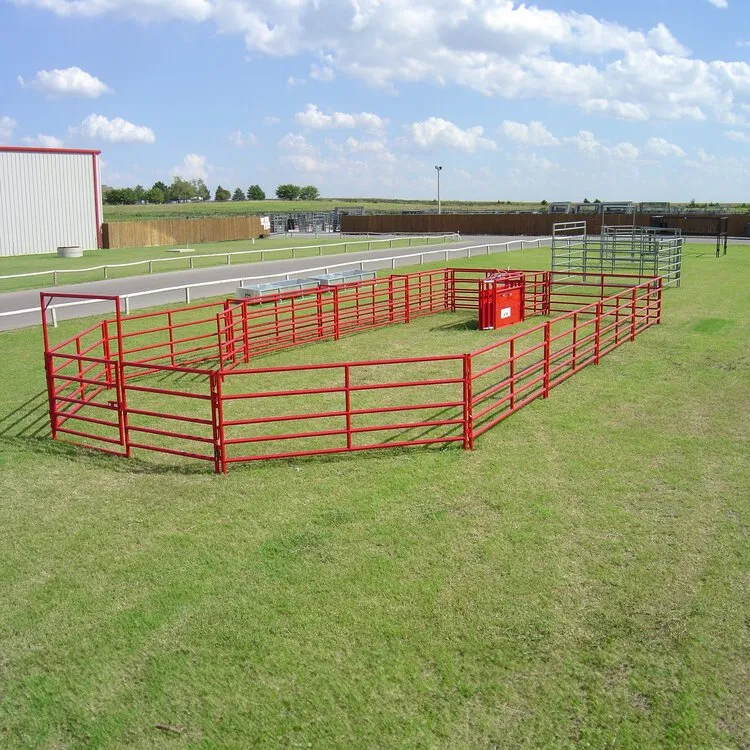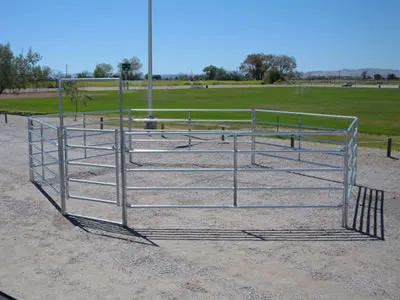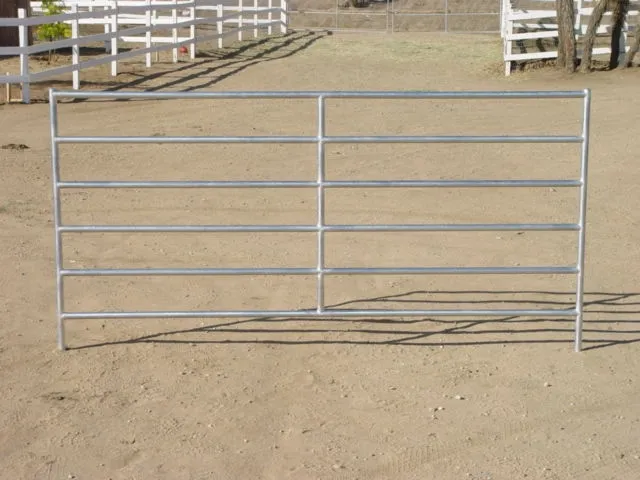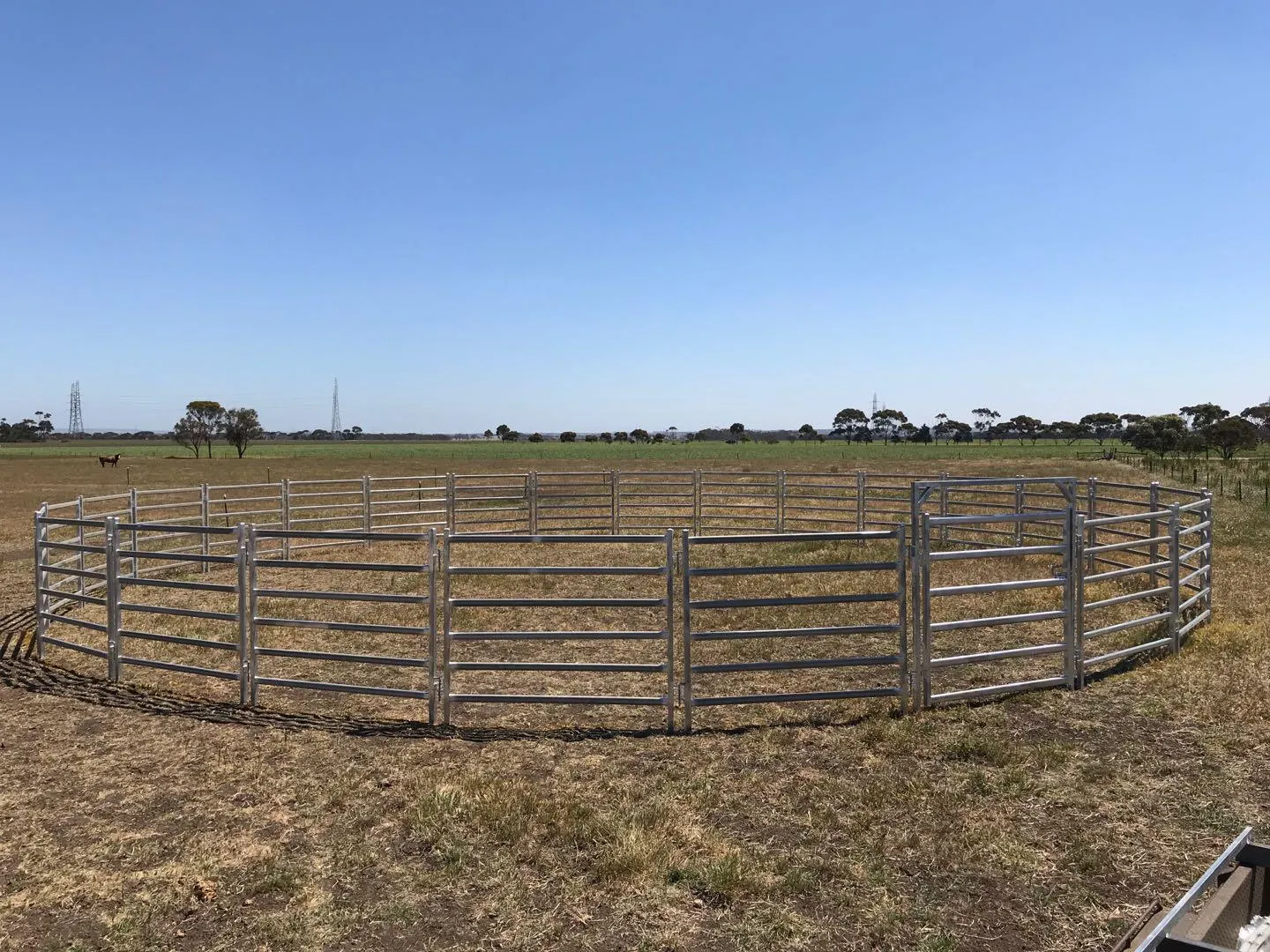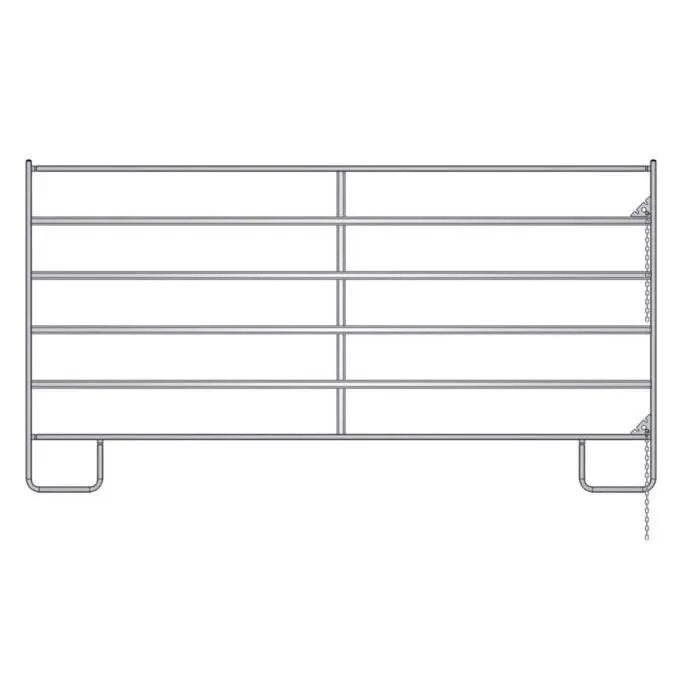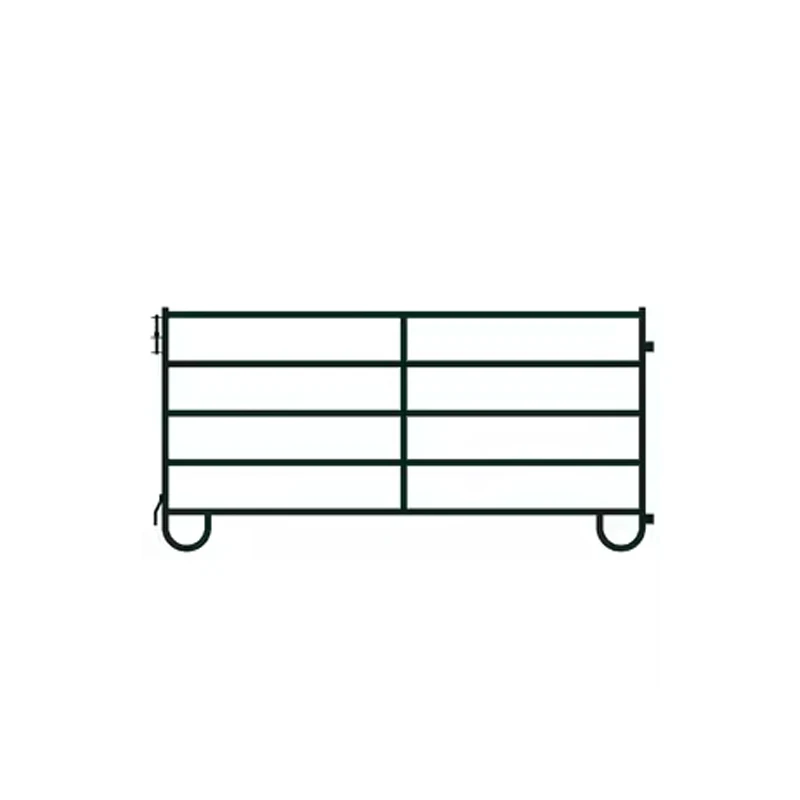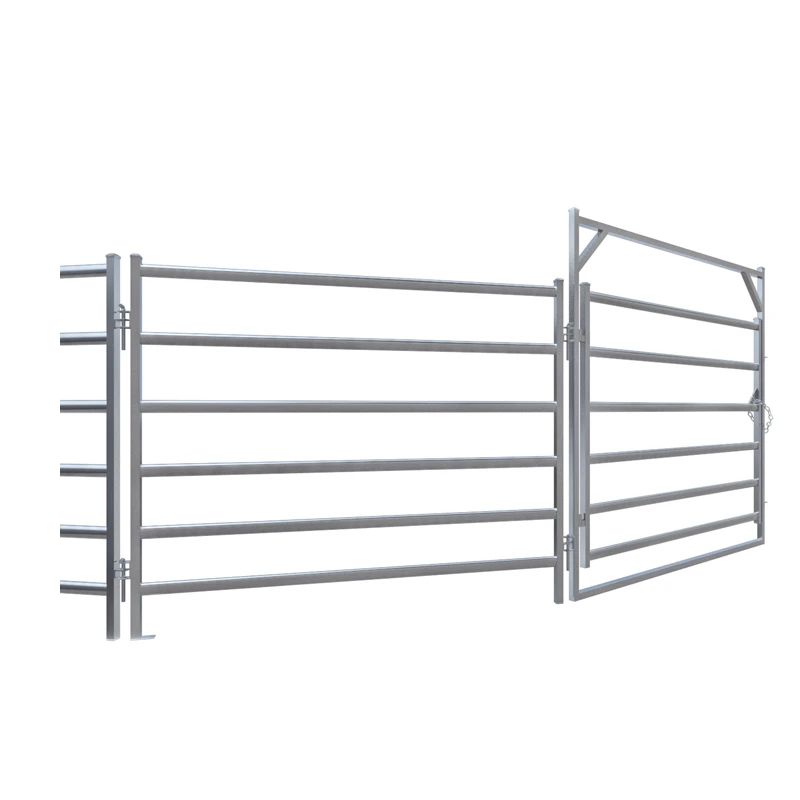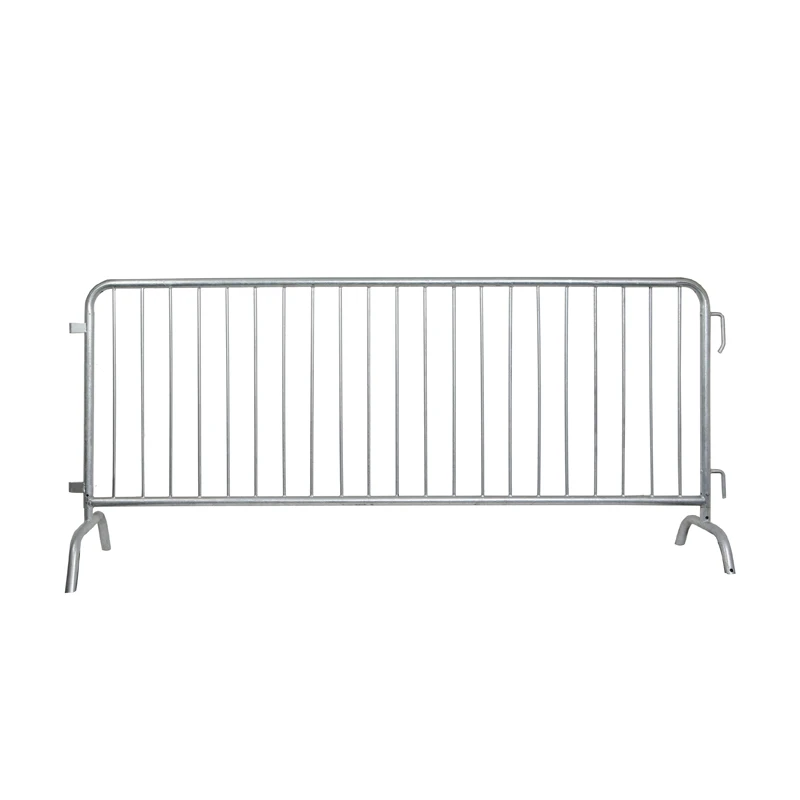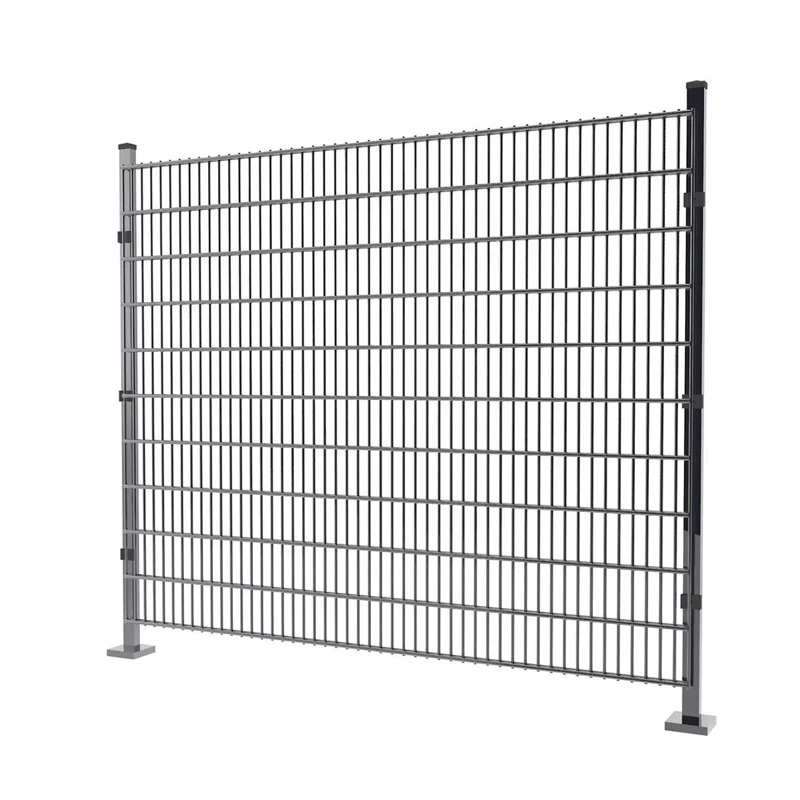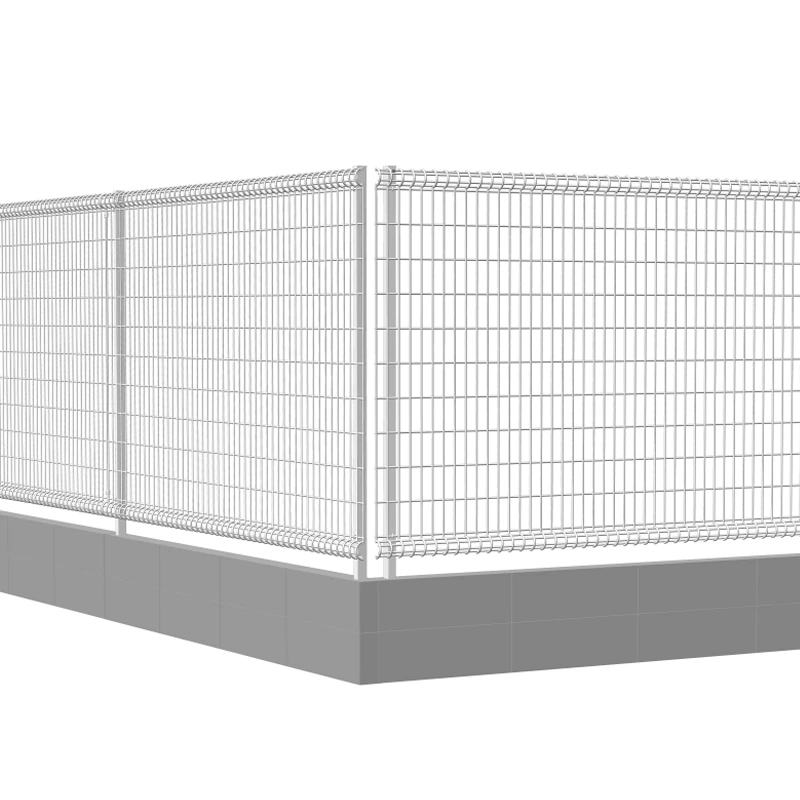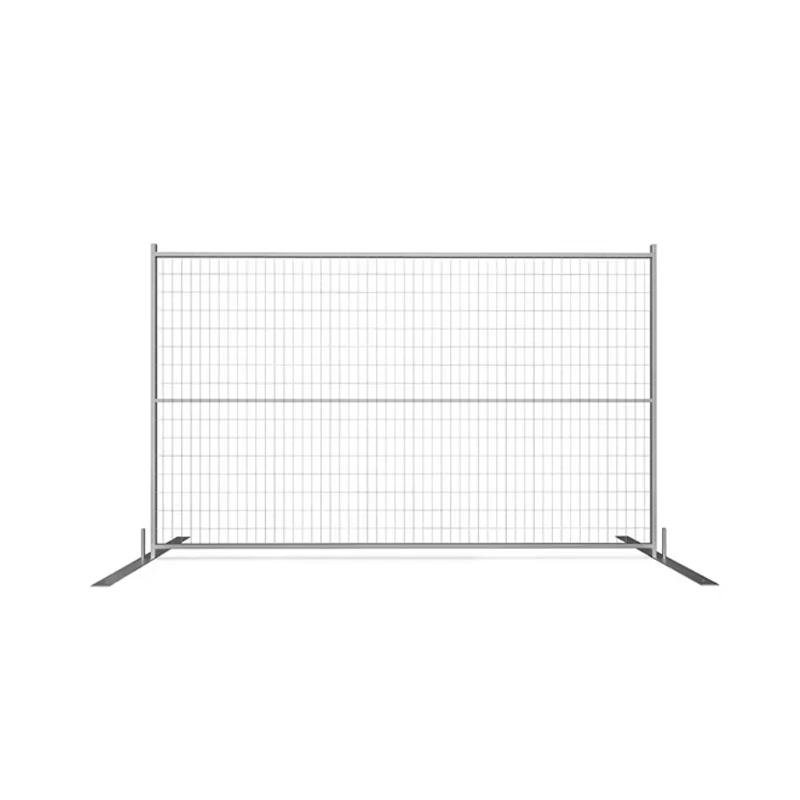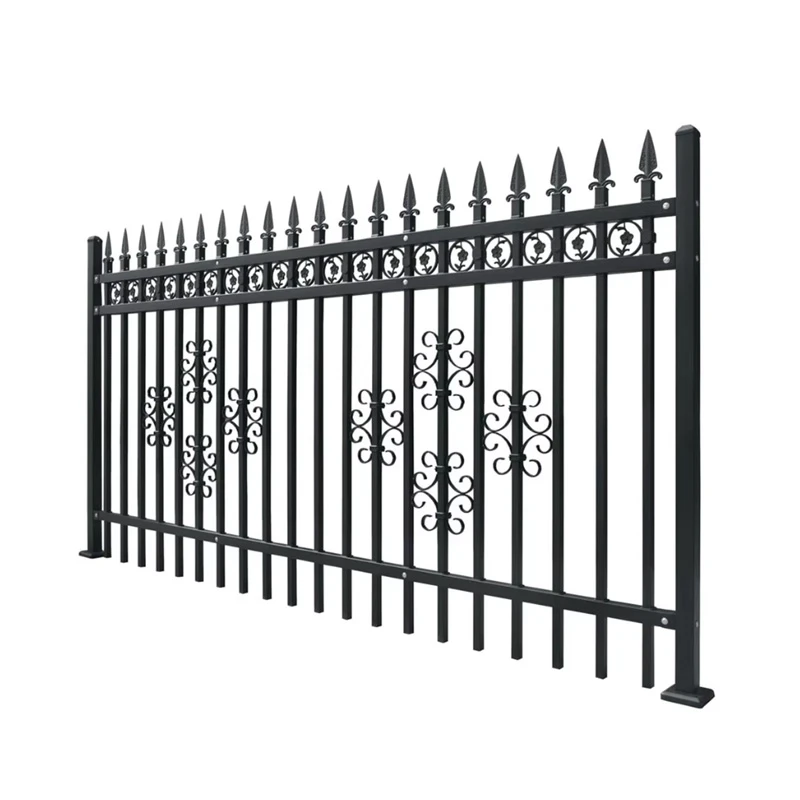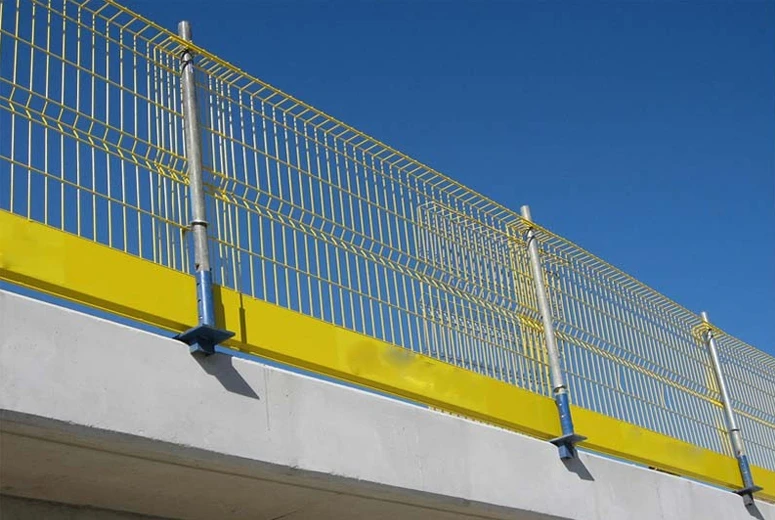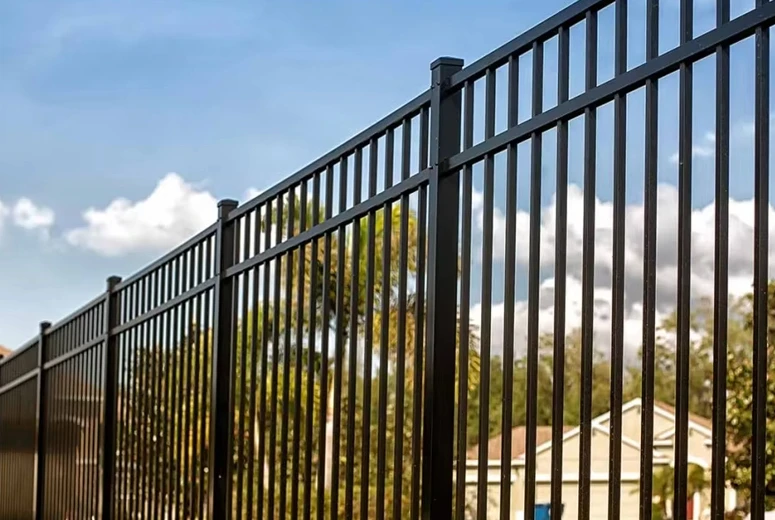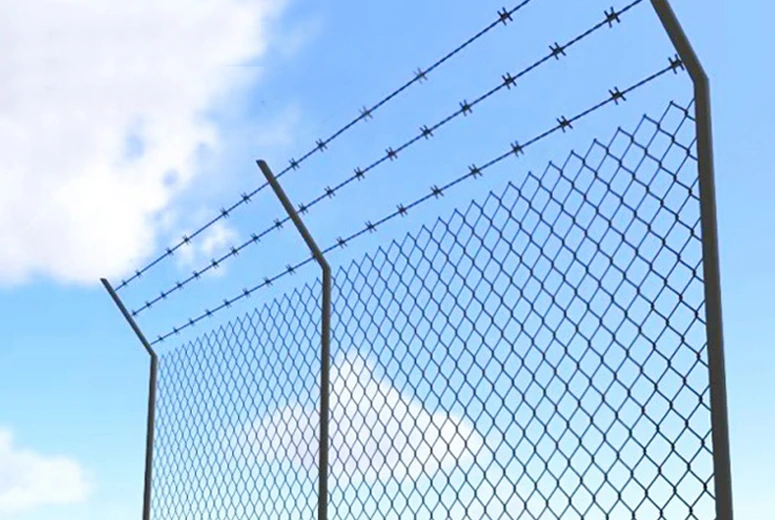Sheep Fence Panel
Purpose-Built Design for Sheep Safety
Sheep are known for their tendency to test boundaries, squeeze through gaps, and challenge fencing structures. Standard cattle panels often have spacing too wide for sheep, particularly lambs, which can easily slip through or get stuck. Sheep fence panels address this issue with narrower spacing between vertical and horizontal bars, preventing escapes while minimizing the risk of entanglement. The smooth, rounded edges of the panels further reduce the chance of injury, ensuring the flock remains unharmed even when they rub against or lean on the fencing.
Predator protection is another critical consideration. Sheep are vulnerable to coyotes, foxes, and stray dogs, making sturdy fencing essential. Many sheep fence panels are constructed with reinforced lower sections or additional mesh to deter digging and climbing attempts. Some designs incorporate electric fencing compatibility, adding an extra layer of security to keep predators at bay.
Durable Construction for Longevity
Sheep fence panels are typically made from high-quality materials such as galvanized steel, powder-coated steel, or heavy-duty wire mesh. These materials resist rust, corrosion, and weathering, ensuring the panels remain functional even in harsh climates. The welded construction provides structural integrity, preventing bending or warping under pressure from curious or restless sheep.
Portability is another advantage of modern sheep fence panels. Many models are lightweight yet sturdy, allowing farmers to easily relocate them for rotational grazing or temporary enclosures. Hinged panels or interlocking systems enable quick setup and reconfiguration, making them ideal for seasonal grazing patterns or emergency penning needs.
Adaptability for Various Farming Systems
Sheep fence panels are highly versatile, serving multiple purposes beyond basic containment. They can be used to create:
Lambing Pens: Providing a safe, controlled environment for ewes and newborns.
Sorting and Handling Areas: Facilitating health checks, shearing, or vaccinations.
Feedlot Enclosures: Keeping sheep contained during supplemental feeding.
Predator-Proof Zones: Reinforcing vulnerable areas of the pasture.
The modular nature of these panels allows farmers to adjust layouts as needed, accommodating different flock sizes and management practices. Some panels feature integrated gates or sliding doors, streamlining movement between sections without the need for additional structures.
Ease of Installation and Maintenance
One of the key benefits of sheep fence panels is their straightforward installation. Unlike traditional fencing that requires extensive labor, these panels often come with pre-drilled holes or quick-connect systems, allowing them to be secured to existing posts with minimal effort. This reduces setup time and labor costs, making them a cost-effective choice for both small and large-scale operations.
Maintenance is equally simple. The durable materials require little upkeep beyond occasional inspections for loose bolts or signs of wear. Unlike wooden fences that rot or wire fences that sag, sheep fence panels retain their shape and functionality for years with minimal intervention.
Economic and Operational Advantages
Investing in high-quality sheep fence panels leads to long-term savings by reducing escape-related losses, predator attacks, and veterinary costs from injuries. The efficiency gains are also notable—farmers can quickly move and sort sheep without the hassle of unreliable or makeshift barriers. This is particularly valuable during critical operations like shearing, hoof trimming, or disease management, where secure handling is essential.

